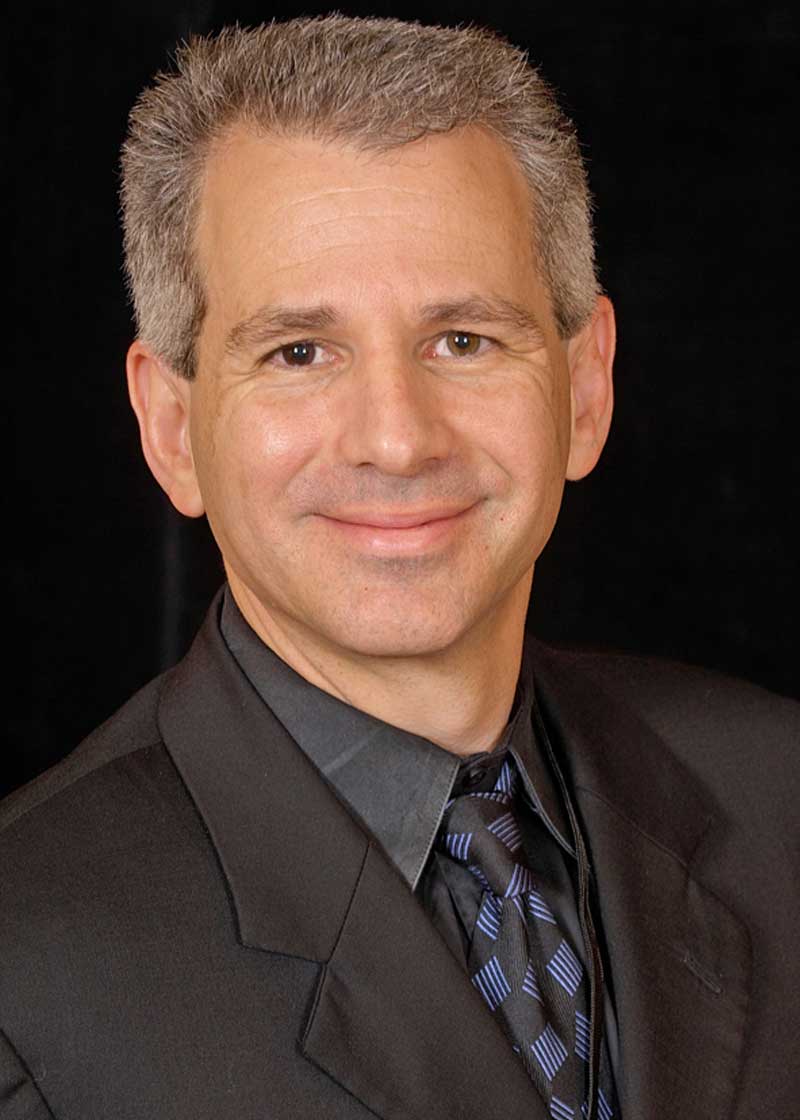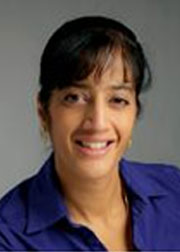On-line Registration: Closed
Held On: Mon 6/22/2015 - Fri 6/26/2015
Location: The University of Alabama at Birmingham
The School of Public Health
1665 University Boulevard, fifth floor, Room RPHB 507
Birmingham AL 35233
Lodging Options:
Doubletree by Hilton Hotel Birmingham
808 South 20th Street
Birmingham, AL 35205
Phone: (205) 933-9000
Fax: (205) 933-0920
Organizing Committee:
 David Allison, Ph.D.
David Allison, Ph.D.University of Alabama at Birmingham
 Diana Thomas, Ph.D.
Diana Thomas, Ph.D.Montclair State University
Overview
The mathematical sciences including engineering, statistics, computer science, physics, econometrics, psychometrics, epidemiology, and mathematics qua mathematics are increasingly being applied to advance our understanding of the causes, consequences, and alleviation of obesity. These applications do not merely involve routine well-established approaches easily implemented in widely available commercial software. Rather, they increasingly involve computationally demanding tasks, use and in some cases development of novel analytic methods and software, new derivations, computer simulations, and unprecedented interdigitation of two or more existing techniques. Such advances at the interface of the mathematical sciences and obesity research require bilateral training and exposure for investigators in both disciplines. This course on the mathematical sciences in obesity research features some of the world’s finest scientists working in this domain to fill this unmet need by providing nine topic driven modules designed to bridge the disciplines.
The goal of our proposed short course is to:
- expose researchers from the mathematical sciences and obesity to the language and methodology at the interface of both disciplines
- facilitate collaborations between the two groups through effective contact and
- to guide early investigators interested in conducting research at the interface of the mathematical sciences in obesity on the next career step
-
Agenda
Schedule of Events: Download PDF
††Roundtable session will be used to develop projects through activities such as preparing and abstract or specific aims page Module identification color codes Introduction to math method Application of method to obesity Hands-on interactive session Open problems † Time Speaker Topic Video Day 1 - Monday 6/22/2015 8:15 - 8:45 Diana Thomas, Montclair Registration 8:45 - 9:45 David Allison & Andrew Brown, UAB Introductory remarks: A Comedy of Errors Watch Video 9:45 - 10:30 Steven Heymsfield, PBRC Overview of the state of the field of obesity and mathematical sciences Watch Video 10:30 - 11:30 David Allison, UAB Overview of funding approach at NIH and other federal granting agencies Watch Video 11:30 - 12:45 Lunch Module 1: Outcomes in Obesity Randomized Controlled Trials (RCTs) 1:00 - 1:45 David Allison, UAB Introduction to RCTs and their quantitative analysis Watch Video 2:00 - 2:45 David Allison & Peng Li, UAB Missing data in randomized clinical trials Watch Video 3:00 - 4:00 Peng Li, UAB Cluster Randomized Trials and Accommodating Clustering in Animal Studies Watch Video 4:00 - 5:30 Moderated by Senior Researchers Roundtable Session†† Day 2 - Tuesday 6/23/2015 Module 2: Modeling weight change using energy balance 9:00 - 9:45 Diana Thomas, Montclair Introduction to Energy Balance Models Watch Video 10:00 - 10:45 Kevin Hall, NIH Macronutrient & Energy Balance Models Watch Video 11:00 - 11:30 John Apolzan, PBRC Models delivered using smartphone technology Watch Video 11:30 - 12:45 Lunch Module 3: Modeling Policy Effect on Obesity 1:00 - 1:45 Stephen T Mennemeyer Ph.D., UAB Using Simulation to Estimate Economic Effects: Examples from Cost-Effectiveness of Obesity Programs Watch Video 2:00 - 2:45 Thomas Flottemesch Ph.D., HealthPartners Modeling of policies for childhood and adult obesity management Watch Video 3:00 - 4:00 Tapan Mehta Ph.D., UAB Open problems 4:00 - 5:30 Moderated by Senior Researchers Roundtable Session†† Day 3 - Wednesday 6/24/2015 Module 4: Modeling Obesity and Economics 9:00 - 9:45 Adam Knowlden, University of Alabama Overview Watch Video 10:00 - 10:45 Bisakha Sen Ph.D., UAB Bringing Tools from The Field of Economics to Better Understand Disparities in Obesity Watch Video 11:00 - 11:30 Gregory Price, Morehouse The Economic Anthropometry Approach to Obesity Watch Video 11:30 - 12:00 Adam Knowlden, Univ Alabama Open problems 12:00 - 1:00 Lunch Module 5: Modeling Behavioral Responses in Obesity 1:00 - 1:45 Diana Thomas, Montclair Overview of the state of the field Watch Video 2:00 - 2:45 Daniel Rivera, Arizona State Dynamic modeling of weight and body composition change using the Theory of Planned Behavior and Self-Regulation Watch Video 2:45 - 3:45 Corby Martin, PBRC Open Problems 4:15 - 5:30 Moderated by Senior Researchers Roundtable Session†† Day 4 - Thursday 6/25/2015 Module 6: Sensor Models in Obesity 9:00 - 9:30 Edward Sazonov, Alabama, Tuscaloosa Overview of the field Watch Video 9:30 - 10:30 Adam Hoover, Clemson University Tracking Wrist Motion to Monitor Energy Intake Watch Video 10:30 - 11:30 Jon Moon, MEI Research Mathematics of room calorimeters Watch Video 11:30 - 12:45 Lunch Module 7: Scaling Laws and Obesity 1:00 - 1:20 Steven Heymsfield, PBRC Overview of the field Watch Video 1:25 - 2:05 Dave Nelson, University of South Alabama Allometric Scaling & Whole-Animal Energy Balances Watch Video 2:10 - 2:50 Abdul-Aziz Yakubu, Howard University Mathematical energetics of organisms in ecologies Watch Video 3:00 - 4:00 Steven Heymsfield, PBRC Open problems 4:15 - 5:30 Moderated by Senior Researchers Roundtable Session††
Preparation for student presentationsDay 5 - Friday 6/26/2015 Module 8: Statistical Modeling in Genetics 9:00 - 9:45 Hemant Tiwari, UAB Genetic association analysis of 30 genes related to obesity in a European American population: Overview Watch Video 10:00 - 10:45 Gustavo de los Campos, Michigan State University Prediction of expected years of life using whole-genome markers Watch Video 11:00 - 11:30 Audrey Hendricks, UC Denver Methods for studying rare variants in next-generation sequencing data Watch Video 11:30 - 12:00 Audrey Hendricks, UC Denver Open problems Watch Video 12:00 - 1:00 Lunch 1:00 - 1:45 Student Presentations 2:00 - 2:45 3:00 - 3:30 3:30 - 4:00 4:15 - 5:30 -
Speakers
- John Apolzan, Ph.D. - PBRC
- Diane Catellier Ph.D. - RTI
- Gustavo de los Campos, Ph.D. - Michigan State University
- Thomas Flottemesch Ph.D. - HealthPartners
- Kevin Hall, Ph.D. - NIH
- Audrey Hendricks, Ph.D. - UC Denver
- Steven B. Heymsfield, MD - PBRC
- Adam Hoover, Ph.D. - Clemson University
- Adam Knowlden, Ph.D. - University of Alabama
- Corby K. Martin, Ph.D. - PBRC
- Jon Moon, Ph.D. - MEI Research, Ltd.
- Gregory Price, Ph.D. - Morehouse
- Daniel Rivera, Ph.D. - Arizona State
- Edward Sazonov, Ph.D. - Alabama, Tuscaloosa
- Diana Thomas Ph.D. - Montclair State University
- Abdul-Aziz Yakubu, Ph.D. - Howard University
- David B. Allison, Ph.D.- UAB
- Mark Beasley, Ph.D.- UAB
- Andrew Brown, Ph.D. - UAB
- Peng Li, Ph.D. - UAB
- Tapan Mehta, Ph.D. - UAB
- Stephen T Mennemeyer, Ph.D. - UAB
- Bisakha Sen(Pia), Ph.D. - UAB
- Hemant Tiwari, Ph.D. - UAB
-
Contact
Elizabeth W. Smith, MPA, RDN, LDN
Program Manager II
Chief Administrative Officer
UAB Nutrition Obesity Research Center
Phone: (205) 975-9675
Email:This email address is being protected from spambots. You need JavaScript enabled to view it.
We would like to thank our sponsors for their support: National Institutes of Health & Office of Energetics.
 NIH Disclaimer: This material is based upon work supported by the National Institutes of Health under Grant No. (R25DK099080-01). Any opinions, findings, and conclusions or recommendations expressed in this material are those of the author(s) and do not necessarily reflect the views of the National Institutes of Health.
NIH Disclaimer: This material is based upon work supported by the National Institutes of Health under Grant No. (R25DK099080-01). Any opinions, findings, and conclusions or recommendations expressed in this material are those of the author(s) and do not necessarily reflect the views of the National Institutes of Health.